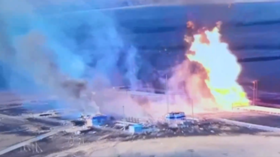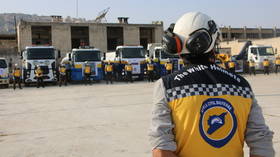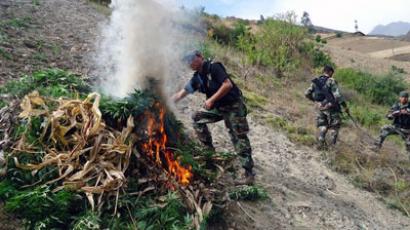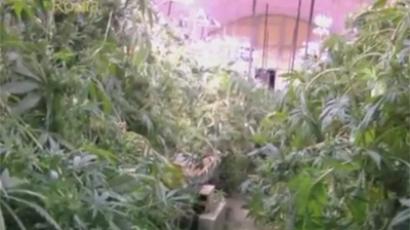Russia to battle narcotics plantations from space
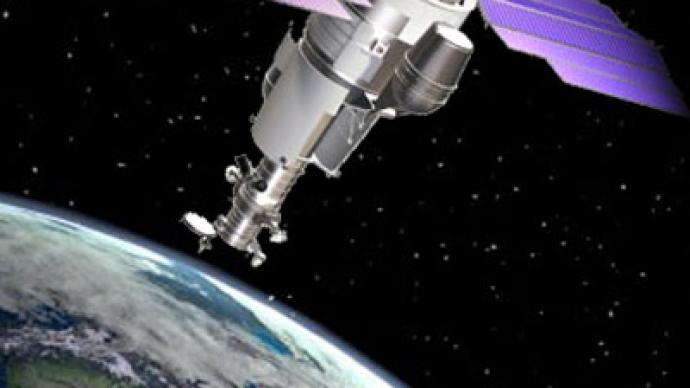
A breakthrough in the satellite detection of illegal drug plantations is in sight as Russian scientist experiment with state-of-the-art techniques. Soon, engineers hope that farms of illegal vegetation can be pinpointed to within one meter.
Scientist are experimenting with already-existing remote probing devices like the Meteor and Resurs-DK1 satellites, which are both operated by the Russian Research Center for Earth Operative Monitoring (RCEOM). Originally the satellites were designed to monitor atmospheric and sea-surface temperatures, humidity, radiation, sea ice conditions, snow-cover and cloud variations, but now they are on their way to battle crime.“Plants in composition are slightly different and therefore can be identified in different regions of the image spectrum. When we talk about a particular plant species, we can note on the satellite image the range that corresponds to the plant,” RCEOM director Andrei Shokol told Interfax.Researchers are trying to perfect the results by introducing a 196-channel hyper-spectrometer to a Resurs-P satellite, which will enable analysts to detect the plantations with extremely high accuracy.The results can never be 100 per cent accurate, though, as factors such as clouds, the angle of the shot and the amount of light available can offset the results. However, researchers are close to obtaining a 99 per cent accuracy reading. In the US, the National Geospatial-Intelligence Agency, part of the Department of Defense, is using satellites to track the activities of drug cartels operating along the US-Mexican border. The agency is supplying photos to pinpoint Mexican narcotics operations and anticipate smuggling attempts into the United States.The Russian researchers hope to move one step ahead, to actually detecting, pinpointing and monitoring narcotics plants before they make it to the drug market.Officials believe that such technology could aid the fight the drug trade stemming from the Central Asian republics and Afghanistan.It is estimated that Afghan farmers produce 90 per cent of the world's heroin. The opiates are often smuggled north through Central Asia and Russia to Europe, Asia and America, and generate billions of dollars in revenue. In Russia, it is estimated that more than 30,000 people die every year due to drugs like heroin.



